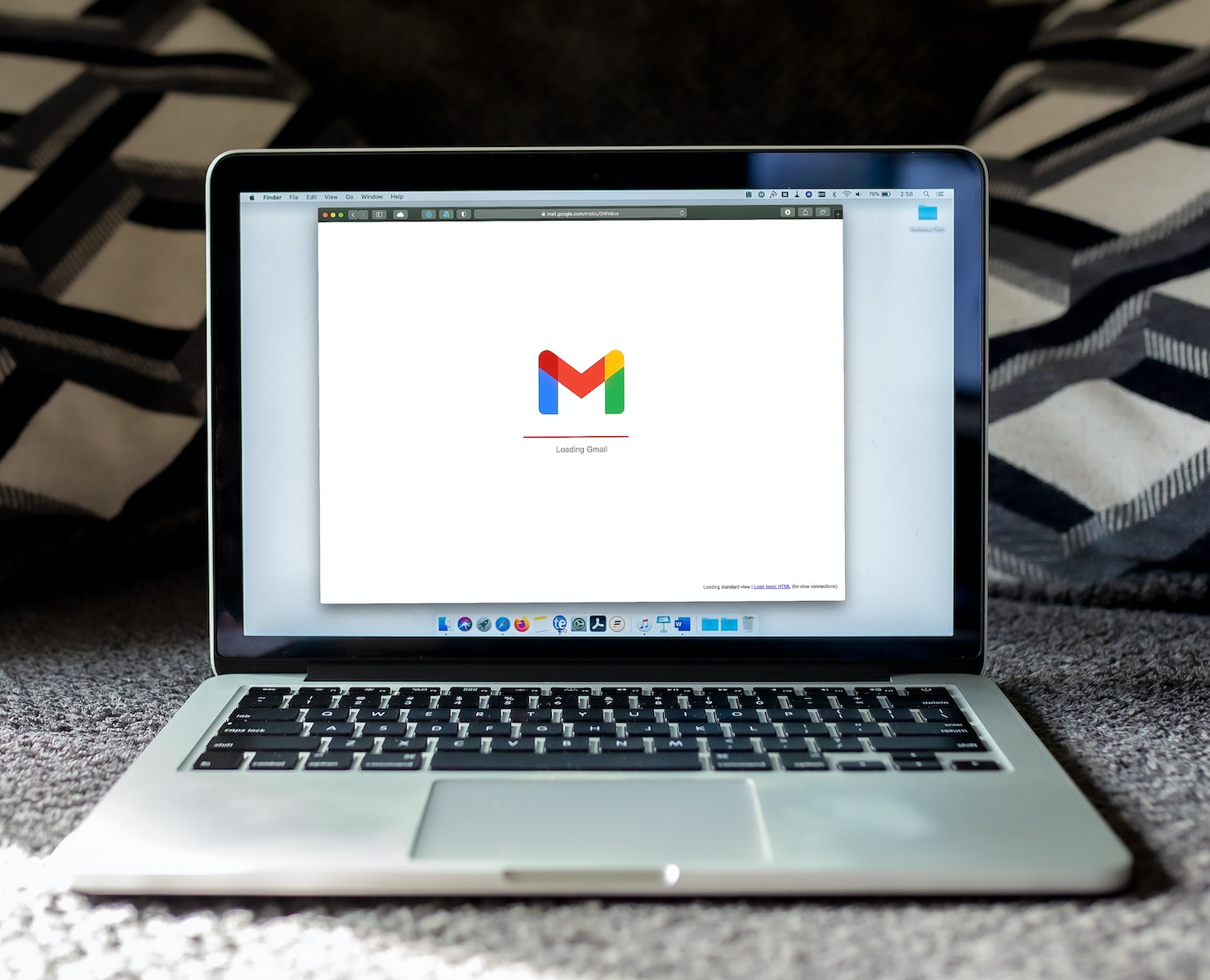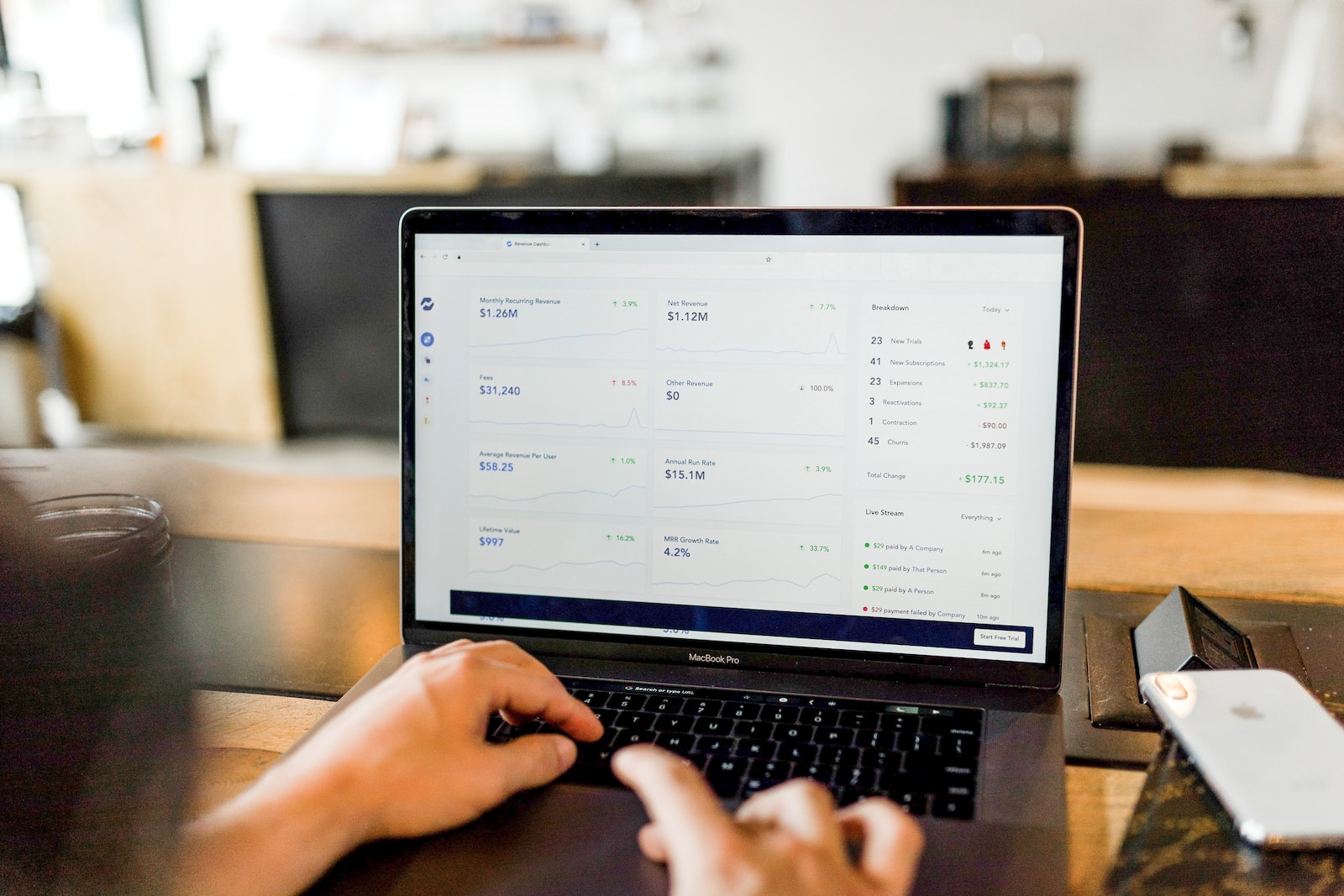If you run Google Ads campaigns, you know that bidding is an essential part of the process. However, it can be difficult to determine the best bid strategy for your specific campaign goals. This is where Target CPA (Cost Per Acquisition) comes in. This new Google Ads bidding method allows you to set a target cost for customer acquisition or conversion, and the algorithm will automatically adjust your bids to meet that target. This can save you time and allow you to focus more on your ad text, landing pages, and other important aspects of your campaign. In this blog post,Target CPA , including how they work, their pros and cons, and best practices for using them effectively. By the end of this article, you will have gained a solid understanding of Target CPA and know how to leverage it to improve the performance of your Google Ads campaigns.
Introducing Target CPA Auctions
Google Ads has introduced a new bidding method called Target CPA (Cost-Per-Acquisition), designed to help advertisers improve their ROI. With traditional bidding methods, advertisers set a maximum bid for their ads, and then Google places the ad in auctions based on that maximum bid. However, with Target CPA bidding, advertisers set a target cost per acquisition that they’re willing to pay for a conversion, and Google automatically adjusts bids in real time to meet that target cost per acquisition.
This means that instead of focusing on clicks or impressions, advertisers can focus on actual conversions and optimize their bids for the best results. Target CPA bidding takes into account a variety of factors such as user location, device, and time of day to ensure ads are served to the right people at the right time. This method is especially useful for companies with limited budgets or those who want to maximize their return on investment while meeting their advertising goals. In this blog post, we’ll explore the basics of Target CPA bidding and how you can use it to improve your advertising results.
Advantages of Target CPA bidding over other bidding methods
Target CPA (cost per acquisition) bidding is Google Ads’ new bidding method that lets you set a target cost per acquisition or conversion. This bidding method has several advantages over other bidding methods, such as manual CPC (cost per click) or conversion optimization.
One of the main benefits of Target CPA bidding is that it allows you to optimize your bids for conversions rather than clicks. This means that Google will automatically adjust your bids to help you get the most conversions possible while meeting your target CPA. This can translate to a higher return on investment (ROI) because you’re paying for actual conversions rather than just clicks.
Another advantage of Target CPA auctions is that they take historical conversion data into account and learn from it. As your campaign runs and collects more conversion data, Google will optimize your bids to help you get more conversions at a lower cost.
Target CPA bidding also saves you time because you don’t have to constantly monitor and adjust your bids. This lets you focus on other aspects of your campaign, such as ad text or landing pages.
Overall, Target CPA bidding is a powerful tool that can help you achieve your conversion goals while saving you time and money.
How Target CPA (cost per acquisition) works
Target CPA (cost per acquisition) is an auction method used in Google Ads. This method allows advertisers to optimize their bids to get more conversions at a specific cost per acquisition. Target CPA is a great option for advertisers who have a clear idea of the cost they’re willing to pay for each conversion.
The Target CPA bidding method works by analyzing your campaign’s historical data, such as conversions, click-through rate, and other factors. Google then uses this data to predict which clicks are most likely to convert into a sale or lead. By setting a target CPA, Google Ads will automatically adjust your bid for each ad auction to meet your desired cost per acquisition.
For example, if your target CPA is $ 20 and you receive 10 clicks on an auction, each click will automatically be auctioned to achieve a cost per acquisition of $ 20 . This means that if a click is estimated to generate a higher conversion rate, Google Ads may bid more for that click to hit your target CPA.
It is important to note that target CPA is not a guaranteed cost per acquisition. Rather, it’s a bidding strategy that aims to reach your target CPA over time. The more data Google Ads has, the better it will be able to optimize your bids to reach your target CPA. Therefore, it is recommended to have at least 30 conversions in the last 30 days before using Target CPA bidding.
Best practices for setting up Target CPA campaigns
When setting up Target CPA campaigns in Google Ads, there are several best practices to keep in mind.
First of all, it is important that conversion tracking is set up correctly. This will allow Google to optimize your campaigns based on your desired cost per acquisition.
Next, it is important to define an appropriate target CPA offer. This offer should be based on your business goals and budget. If you set the target CPA too low, you may not receive enough conversions. However, if you set it too high, you risk spending too much on conversions that aren’t profitable for your business.
It’s also important to segment your campaigns appropriately. This will allow you to set specific target CPA bids for different products or services. For example, if you have a high profit margin product, you might want to set a higher target CPA for that product compared to a low profit margin product.
Another best practice is to continuously monitor your campaigns and adjust your Target CPA bids as needed. If you find that your campaigns aren’t meeting your cost-per-acquisition goals, you may need to raise your target CPA bid. On the other hand, if you find that you consistently hit your desired cost per acquisition, you may be able to lower your target CPA bid and still achieve profitable conversions.
Overall, setting up Target CPA campaigns requires careful consideration and monitoring. By following these best practices, you can optimize the profitability of your campaigns and achieve your business goals.
How to determine the right target CPA bid for your campaign
Determining the right target CPA bid for your campaign is critical to the success of this new bidding method in Google Ads. First, it’s important to understand your campaign’s historical performance data, such as conversion rates, cost per conversion, and average order value. This data will give you an idea of how much you need to bid to achieve your desired conversion rate while staying within your budget.
Another factor to consider is the industry you are in and the competition for your target keywords. Some industries are more competitive than others, which will affect cost per click and cost per conversion. You may need to adjust your target CPA offering accordingly to be competitive in your industry.
It’s also important to consider the lifetime value of your customers. If your customers make repeat purchases, it may be worth outbidding to acquire those customers, as they will generate more revenue over time.
Finally, don’t forget to regularly monitor your campaigns and make any necessary adjustments. If you find that your Target CPA bid is not achieving the desired results, you may need to adjust it up or down to optimize your campaign performance. After some testing and tweaking, you can find the right Target CPA bid for your campaign and start getting the results you want.
Common pitfalls to avoid when using Target CPA bidding
While Target CPA bidding can be a powerful tool for optimizing your Google Ads campaigns , there are some common pitfalls you need to avoid to get the best results.
One of the most common mistakes is setting your target CPA too low or too high. Too low a value can lead to limited traffic and missed opportunities, while too high a value can lead to overspending without a significant increase in conversions. It is important to set a realistic target CPA based on historical data and campaign goals.
Another mistake is not taking into account external factors that can affect conversions, such as seasonality or market variations. It is important to continuously monitor and adjust your target CPA based on these factors.
Not giving your campaigns enough time to collect data is also a common pitfall. It is important to give the algorithm enough time to learn and optimize based on the data before making significant changes.
Finally, failing to properly track and analyze your campaign data can lead to missed opportunities and ineffective targeting. It’s important to regularly evaluate your campaign’s performance, identify areas for improvement, and make data-driven decisions to optimize your Target CPA bid strategy.
By avoiding these common pitfalls and implementing best practices, you can effectively use Target CPA bidding to achieve your Google Ads campaign goals and drive conversions .
Comparison of target CPA with other bid strategies, such as manual CPC
When it comes to bidding strategies in Google Ads, you have several options. The most commonly used bid strategy is manual CPC, which lets you set bids for individual keywords or ad groups. With manual CPC, you have full control over your bids and can adjust them as needed to optimize the performance of your campaigns.
However, manual bidding can be time consuming and not always give the best performance. That’s where Target CPA bidding comes in. With Target CPA, you set a target cost per acquisition (CPA) and Google Ads automatically adjusts your bids to help you achieve that goal.
Compared to manual CPC, Target CPA saves time and improves performance by automating the bidding process. It’s especially useful for businesses with larger campaigns or limited resources because it lets you focus on other aspects of your campaigns while Google Ads manages the bidding.
That being said, it’s important to note that Target CPA may not be the best fit for every business or campaign. This works best for campaigns with historical conversion data and a clear understanding of target CPA.
Ultimately, it’s important to experiment with different bid strategies and find the one that works best for your unique business goals and campaigns.
Conclusion and main points
key takeaways In conclusion, Target CPA bidding is a powerful tool for improving the performance of your Google Ads campaigns. By setting a target cost per acquisition and allowing Google’s machine learning algorithms to adjust your bids in real time, you can optimize your ad spend and maximize your conversions. However, it’s important to keep in mind that Target CPA bidding works best when you have enough data to train the algorithms effectively. So be patient and give your campaigns time to generate enough conversions to get the most out of this bid strategy.
Here are some key things to remember when using Target CPA bidding:
- Set a realistic and achievable target CPA based on your business goals and historical conversion data.
- Give your campaigns enough time and data to train the machine learning algorithms before making drastic changes.
- Monitor your campaigns closely and adjust your bid strategies as needed to hit your target CPA.
- Consider using Target CPA bidding in conjunction with other bidding strategies, such as manual bidding or automated bidding, to further optimize your campaigns.
- Remember to regularly review your campaign performance metrics and adjust your targeting, ad content, and landing pages to improve your overall conversion rate.
By following these best practices and keeping up to date with the latest Google Ads changes and updates, you can master Target CPA bidding and take your campaigns to the next level.
We hope this guide has helped you understand Google Ads’ new bidding method, Target CPA. Although it may seem difficult at first, mastering this bidding strategy can help you achieve your desired cost per acquisition and improve your overall return on investment. By following the steps outlined in this article, you’ll be well on your way to becoming a Target CPA auction expert. Keep experimenting and analyzing your results, and don’t hesitate to contact Google Ads support if you need further assistance. Happy bidding!










